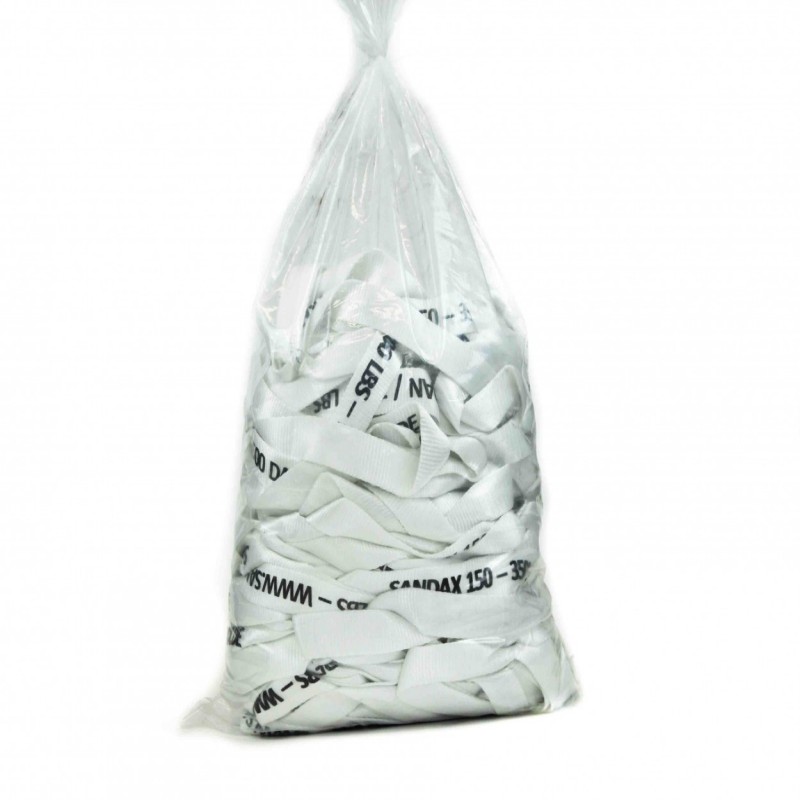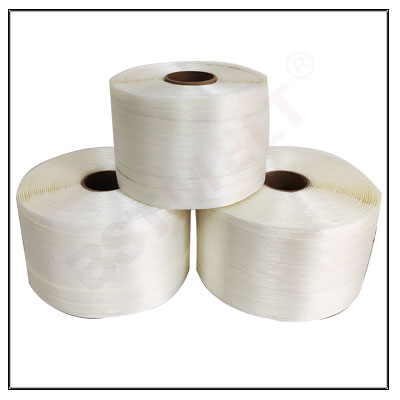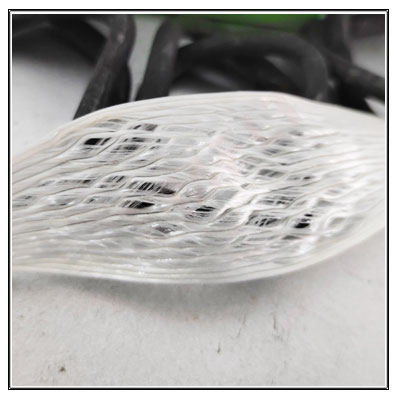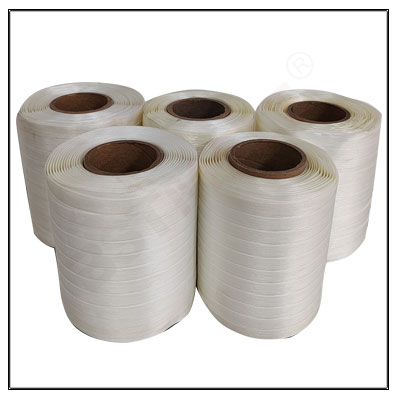Innovative Solutions: Woven Strapping Revolutionizing Packaging Industries
Introduction:
In the ever-evolving landscape of packaging industries, the quest for innovative solutions to enhance efficiency, sustainability, and product protection is perpetual. Among the array of advancements, woven strapping emerges as a revolutionary force, reshaping traditional methods and setting new standards in cargo security and transportation. In this article, we explore how woven strapping is revolutionizing packaging industries through its unique properties, versatility, and sustainability.
The Evolution of Packaging:
Packaging plays a pivotal role in safeguarding goods throughout the supply chain, from manufacturing facilities to retail shelves and ultimately to consumers' hands. Historically, packaging methods have encompassed a spectrum of materials, from natural resources like wood and fiber to synthetic options such as plastics and metals. While each material has its advantages, they also pose challenges in terms of cost, environmental impact, and effectiveness in securing cargo.
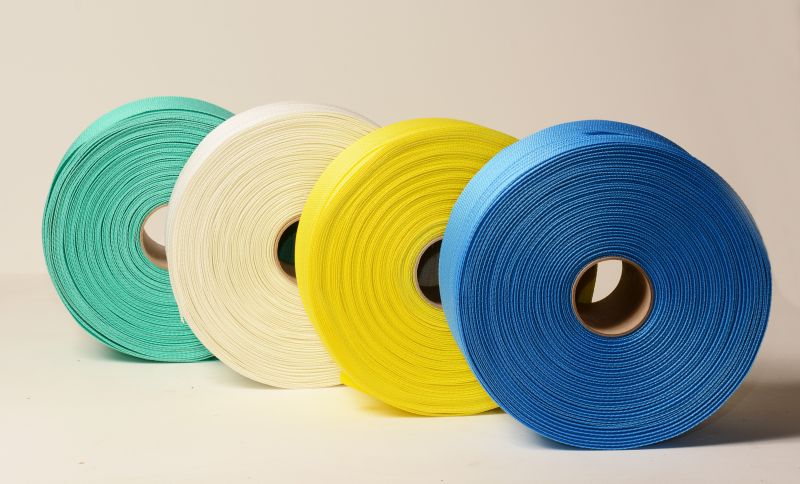
Enter Woven Strapping:
Woven strapping, also known as woven cord strapping or woven polyester strapping, represents a paradigm shift in the packaging landscape. Unlike traditional materials like steel bands or plastic straps, woven strapping is crafted from high-tenacity polyester fibers intricately woven together to form a strong, flexible band. This innovative construction imbues woven strapping with a host of advantages that are revolutionizing packaging industries worldwide.
Enhanced Strength and Durability:
At the core of woven strapping's appeal is its exceptional strength and durability. The weaving process distributes tension evenly across the strap, endowing it with remarkable tensile strength capable of withstanding heavy loads and rough handling. This superior strength not only ensures the safe transit of goods but also minimizes the risk of damage or breakage, reducing costly losses and improving overall supply chain efficiency.
Versatility in Application:
Woven strapping's versatility extends beyond its strength to encompass a wide range of applications across diverse industries. From securing palletized cargo in logistics and shipping to bundling building materials on construction sites, woven strapping adapts seamlessly to various packaging requirements. Its flexibility allows for secure bundling of irregularly shaped items, while its ability to absorb shock protects fragile goods from damage during transit.
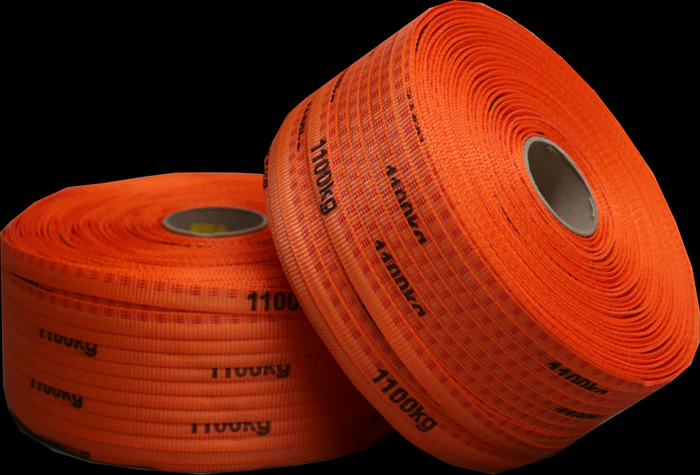
Safety and Handling:
In addition to its strength and versatility, woven strapping prioritizes safety and ease of handling. Unlike steel bands with sharp edges or plastic straps prone to snapping, woven strapping is lightweight and free from protruding parts, minimizing the risk of injury during packaging and unpacking processes. Furthermore, its soft texture and flexibility make it easier to work with, reducing strain on workers and improving overall efficiency in packaging operations.
Sustainability and Environmental Impact:
Beyond its functional benefits, woven strapping is driving sustainability initiatives within the packaging industry. Made from polyester fibers, a highly recyclable material, woven strapping offers a more environmentally friendly alternative to traditional packaging materials like steel or plastic. Moreover, its durability and reusability contribute to reducing waste and minimizing the industry's carbon footprint, aligning with the growing demand for eco-conscious packaging solutions.
Conclusion:
Innovative solutions such as woven strapping are reshaping the landscape of packaging industries, offering enhanced strength, versatility, safety, and sustainability. As companies seek to optimize their packaging processes and minimize environmental impact, woven strapping emerges as a game-changing technology that addresses these needs effectively. By revolutionizing traditional methods and setting new standards in cargo security and transportation, woven strapping paves the way for a more efficient, sustainable future in packaging industries worldwide.
